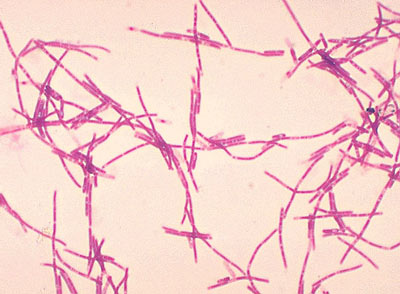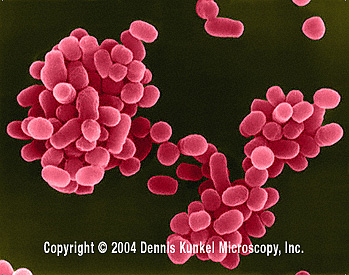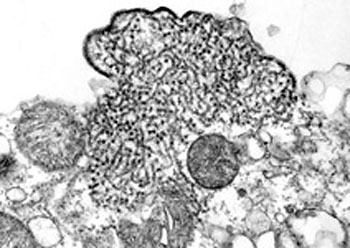AGENTS OF BIOTERRORISM
Bioterrorism agents can be spread through the environment by way of air, water, or food. They are categorized according to ease of transmittance and severity of effects. Although all agents are harmful and require immediate attention, highest priority is given to those that belong to Category A. Agents that are classified in Categories B and C are of second and third highest priority, respectively.
 | Category A
|
 | Category B
|
 | Category C
|
For a complete list of types, symptoms, treatment, and other information, visit the U.S. Center for Disease Control and Prevention's A-Z list of Bioterrorism Agents/ Diseases.